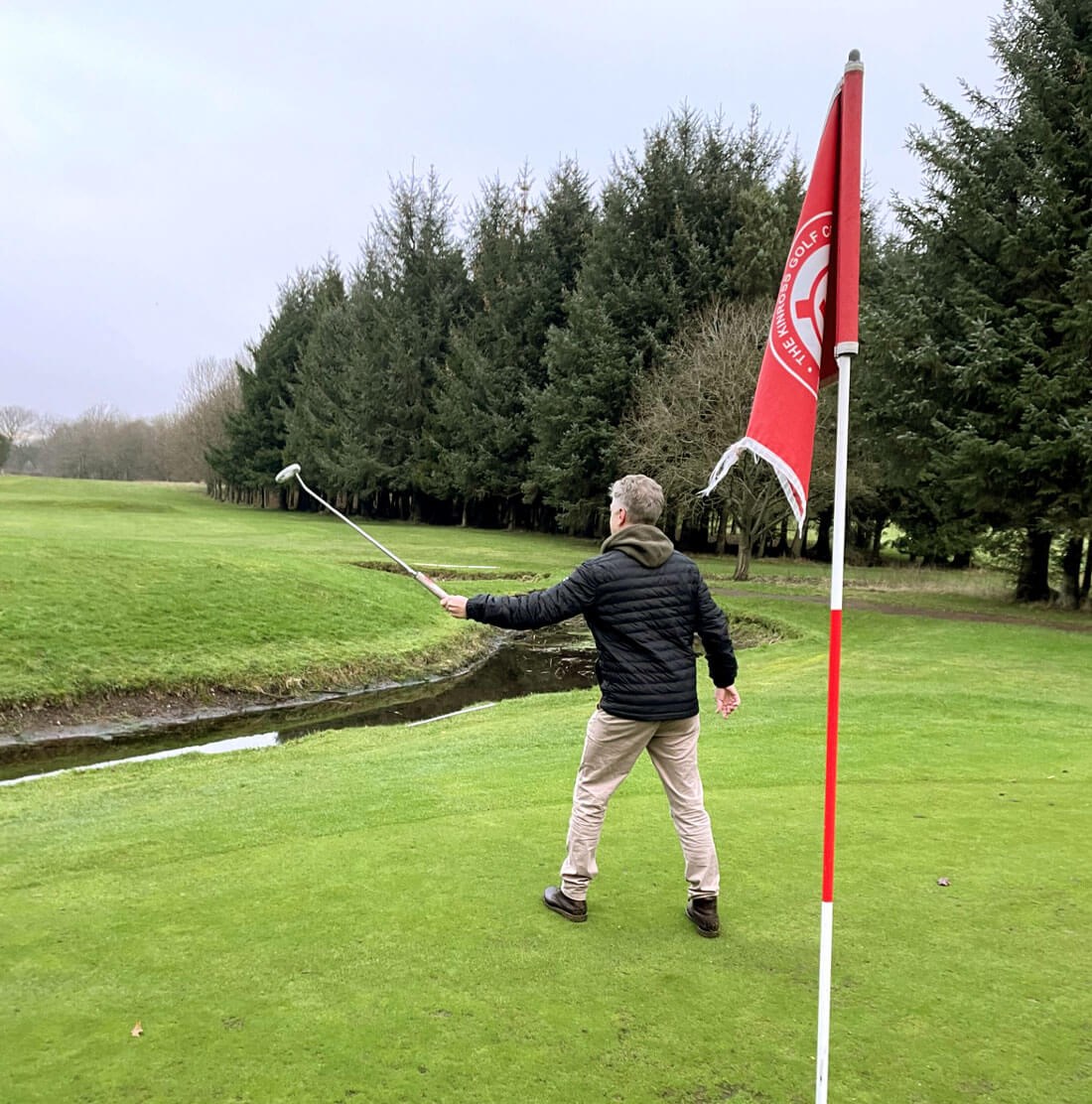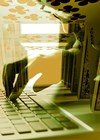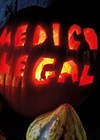“You’re not dying. You just can’t think of anything good to do”
The above is the explanation given by high school student Ferris to his friend Cameron, who is lying in bed feeling sorry for himself when he should be outside having fun and bunking off school in Ferris Bueller’s Day Off (1986). After a relentless week at work, waking up on a Saturday morning, one can feel a bit like Cameron – drained and lacking in any enthusiasm. It’s also easy to allow oneself to be drawn into catching up with an excessive workload over the weekend.
This is especially the case now most of us unfortunately have access to work email at home – a legacy from the curse of the Covid-19 pandemic. However, it’s important to make time for enjoyable activities, because as John Wanamaker (former US Postmaster General) once said, “People who cannot find time for recreation are obliged sooner or later to find time for illness.”
Now we are emerging from winter with the days getting longer, it’s a good time to explore our options for making the most of our spare time. As a newly qualified doctor, I had high aspirations for the free time leisure pursuits that might open up to me in the future. A general surgeon that I worked for during my houseman’s year would regularly take his Cessna for flights over the English Channel on his afternoons off. I would occasionally gaze out of the hospital windows towards the coast to see if I could catch a glimpse of him, wondering if that might be me one day. It wasn’t. Alas, the financial constraints brought on by austerity and of course, having kids, meant that an Airfix Spitfire is the closest I’ve been to this activity. However, I have explored alternatives.
Golf
In the long, halcyon summer holidays of high school and university, which I look back on wistfully, my friends and I would occasionally head off for a round of golf. I rapidly learned that it’s the most frustrating sport ever devised. If the Brussels sprout is the devil’s vegetable, then golf is the devil’s sport. I fully agree with the actor Leslie Nielsen when he said, “The reason they call it ‘golf’ is that all the other four-letter words were used up.”
Recently, after a break of about 20 years, a friend took me to play golf on a course where he was a member. The problems began when he picked me up and I was told to change my trousers because jeans weren’t allowed. The torture of the game came flooding back when teeing off at the first hole. The queue of people waiting to play looked on as I sliced my shot 50 yards to the right and straight into the rough. The humiliation compounded as I then spent the next few minutes foraging around trying to find my ball.

The misery continued as we worked our way through the holes. Every good shot I played was followed by five bad ones. Furthermore, the ball seemed to be magically drawn to the water traps and bunkers. I did become quite adept at raking the sand over without leaving footprints after hacking the ball out of a bunker. The only good news is that I spent so long hunting for balls in the rough that I found more balls than I lost. I donated them to my friend, as I don’t expect to be playing again anytime soon. He was lucky that I returned the set of golf clubs that I had borrowed from him intact. As the professional golfer Craig Stadler once said, “Why am I using a new putter? Because the last one didn’t float very well.”
Cycling
Nowadays, we are plagued by decision fatigue and the paradox that with the more choices we have, the more we struggle to decide. Back in the glory days of the 1970s there were much fewer choices for pretty much everything [1]. There were only three TV channels; in the school playground you were either a Mod or a Rocker; and there were two bikes to choose from, a Raleigh Grifter or Chopper (I’m discounting a racer which only the boy from a Yellow Pages advert seemed to have). I chose the Grifter for its speed, which served me well, but now I covet the Chopper for its Easy Rider (1969) look.
Back then we all sat our Cycling Proficiency test to be able to ride on the roads but really all we cared about were top speeds, jumps, wheelies, cycling with no hands (possibly leading to no teeth), etc., and all this without a helmet [2]! Essentially the bike at the time was a passport for freedom and fun, more so than when I passed my driving test.
Fast forward 30-odd years and I get the same feelings of elation on a bike but for slightly different reasons. As a child the freedom came from escaping, albeit briefly, from parental supervision. However, as an adult the need is to escape the constraints of daily life and the bike provides this in spades – no one can get you when you’re freewheeling on a bike! “Freedom!” was the rallying cry of the young Marxist, Wolfie, from the sitcom Citizen Smith (1977–80), and who knew that all he needed to achieve this was a bike.
The fun aspect from speed and stunts in my youth has been toned down a bit now. This is mainly because a couple of recent bad falls while mountain biking has reminded me that funnily enough I don’t particularly like pain. One of these tumbles resulted in my oculoplastic colleague stitching my eyebrow in a nearby cottage hospital without anaesthetic, as none could be found, and I really couldn’t face a long trip to the nearest A&E. My ever-resourceful vitreoretinal colleague Harry eventually found some local anaesthetic in a cupboard just as the last stitch was going in – thanks, Harry. No miracles from the oculoplastic surgeon either – he informed me I was just as ugly afterwards.
Despite this I am keen to try and bring some of the fun back to cycling. Therefore, although I currently remain a traditionalist and powering under my own steam, the steady march of time on my body and my dislike of cycling uphill means I am tempted by an eBike. This reminds me that cycling is cheaper than therapy, until you start buying bikes.
Hiking
As a youth I cycled everywhere, because why walk when you can use a bike? So did every other kid at the time, and in BMX Bandits (1983) they even took their bikes on the water slides at the Surf ‘n’ Slide. As I entered adulthood, hiking and climbing became much more appealing, especially after staying up all night to read the mountaineer Joe Simpson’s book, Touching the Void (1988) – a gripping true tale of survival set in the Peruvian Andes. My desire to pursue these activities is what attracted me to Scotland for ophthalmology training in the late 1990s.
Very early on in my adventures I discovered that I really wasn’t Joe Simpson after all. With a couple of friends, we set out early one morning to tackle the Aonach Eagach in Glencoe, famed as having the narrowest ridge on the British mainland. I must point out that this was pre-internet, when you had to phone a premium rate number to get a local weather report and we couldn’t be bothered. We just looked at the sky and thought, ‘Well it look’s ok…’ Midway along the ridge, a mist descended and right on cue it started to rain. Slippery rocks to clamber over next to vertical cliffs was not a magical combination. The highlight has to be my friend leading the way, turning round, and calling out, “Don’t come this way, it ends in a sheer drop!” After more wrong turns, double backs and tentative scrambling along the ridge as dusk was falling, we finally made it down to the safety of the Clachaig Inn. We were just grateful that we had not become another salutary lesson for Michael Burke’s emergency rescue-themed TV series, 999 (1992–2003) – “Three foolhardy friends failed to check the weather before embarking on…” etc., etc.
However, this sticky moment did not deter me from continuing to pursue hiking whenever the opportunity arose. Within a couple of years of living in Scotland I had managed to ascend my first 50 of the 282 Munros (Scottish mountains over 3000ft / 914m in height). I was on a roll. Shortly afterwards our first child was born, but like many a naïve parent I said, “That won’t stop me. I’ll keep on going and take him up in the mountains with me.” Fateful words, as I quickly discovered that kids of any age are reluctant hill walkers. It was another 18 years before I completed my next Munro, and probably the easiest – Schiehallion, just after the first Covid-19 lockdown ended.
I still enjoy hiking in the great outdoors, but I’m less bothered about scaling the heights and more about achieving a sense of solitude. One of the reasons I chose a career in medicine was an enjoyment of social interaction and communicating with people. However, by the end of the working week, my Alan Carr: Chatty Man (2009–17) skills begin to fail and I lose the power of speech. Therefore, a good hike for me is where I do not meet another living soul all day long [3]. Interestingly, although social isolation and loneliness have been shown to be associated with poor mental health, it has recently been reported that those who voluntarily spend periods of time on their own find that solitude boosts their wellbeing [4]. In this study, spending more hours alone through personal choice reduced feelings of stress and increased levels of satisfaction, with the benefits being cumulative. So, there is a plus side to being a Billy No Mates!
Rainy days
There are also other options for when it is raining. Learning a musical instrument is one of them. A few years ago, I tried to fulfil a long-held ambition of trying to teach myself to learn to play the guitar. It was frustratingly difficult. At the time I only had about two hours spare a week, and I realised it would take an unfeasibly long time to get anywhere close to Malcolm Gladwell’s recommended 10,000 hours of practising to master the skill as described in his book Outliers: The Story of Success (2008). However, with a bit of perseverance I eventually managed to play Wonderwall by Oasis, although in the immortal words of Eric Morecambe to Andre ‘Mr Preview’ Previn, ”I played all the right notes, but not necessarily in the right order.”
Hopefully this has provided some inspiration to make time for recreation this year. As health professionals we can be quite hard on ourselves and it’s important to remember that taking regular time for yourself to enjoy something away from work and family commitments is enormously beneficial for wellbeing. Returning to our Ferris, he finally managed to persuade Cameron to go on their day out with the encouraging words: “Come on! Live a little!” Finally, remember to bear in mind the wise words of Arthur Lacey (former English Professional Golfer): “The real problem of leisure time is how to keep others from using yours.”
References
1. Nowhere is option fatigue more manifested now than in television streaming. Like most, I subscribe to several streaming providers and find it increasingly hard to find something decent to watch. The decision is even more difficult when another family member is brought into the mix to select something (“Seen that”, “No”, “It’s only got 23% on Rotten Tomatoes”, “Mark Kermode says it’s rubbish” etc.). However, on Friday 5 January 1979 at 5:10pm there were three choices: BBC1 – Grange Hill, BBC2 – International Tennis, ITV – Thames Sport. Grange Hill with the adventures of Tucker and his gang was a no brainer for a seven-year-old!
2. The cartoon cat Charley advised us to always use the Green Cross Code and not to talk to strangers but nothing about using a bicycle helmet. I’m not sure how we survived.
3. For those that are keen on solitude, the hike up the remote Scottish mountain Suilven is a great option. The seven mile walk in and a steep climb when you eventually reach the mountain puts most people off, so you may find you don’t meet anyone at all. Except a few deer.
4. Weinstein N, Vuorre M, Adams M, Nguyen TV. Balance between solitude and socializing: everyday solitude time both benefits and harms well-being. Sci Rep 2023;13(1):21160.
COMMENTS ARE WELCOME










